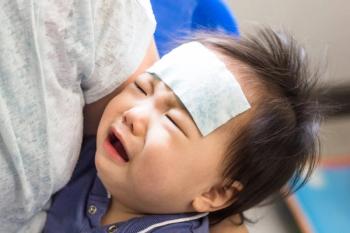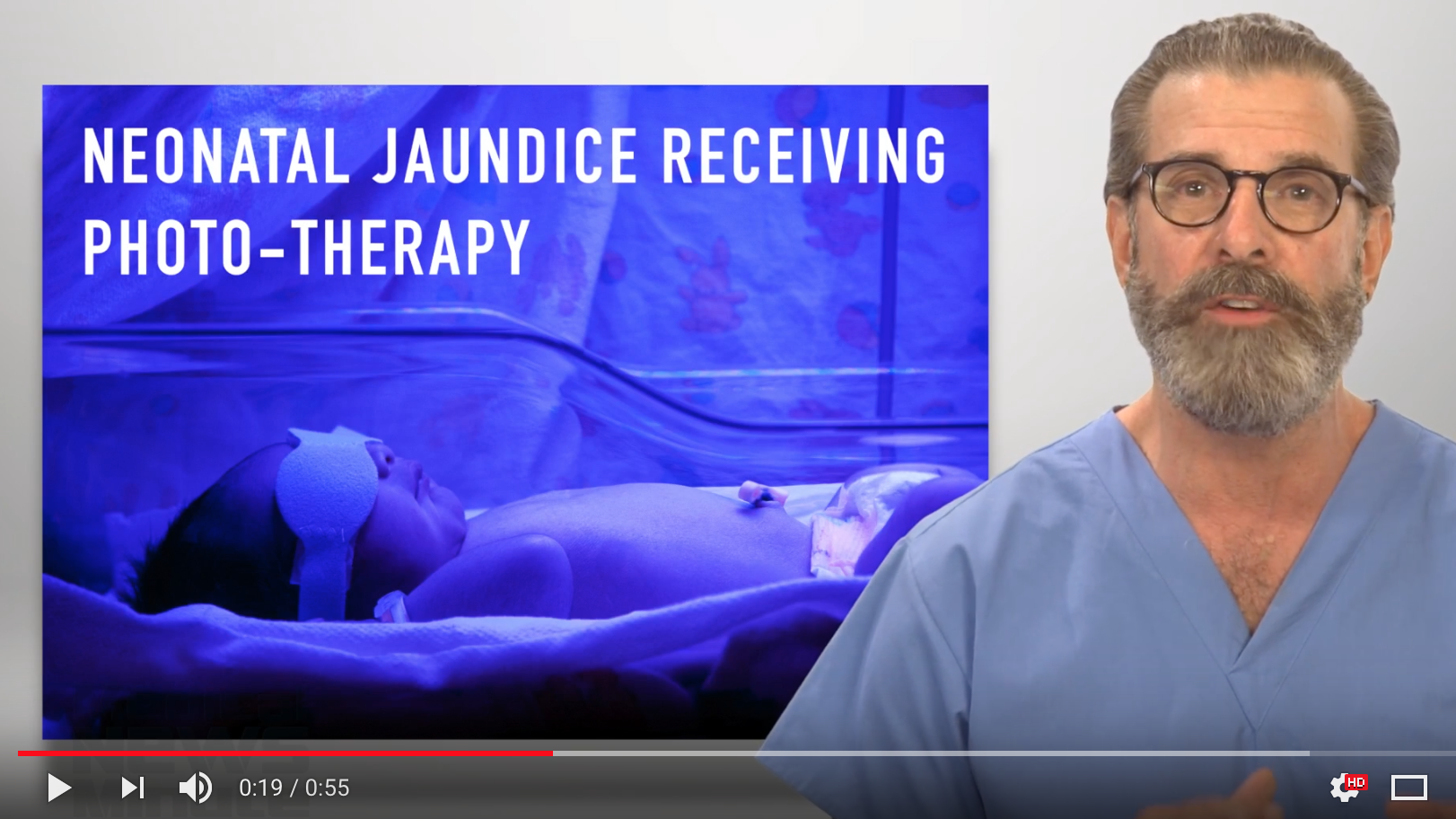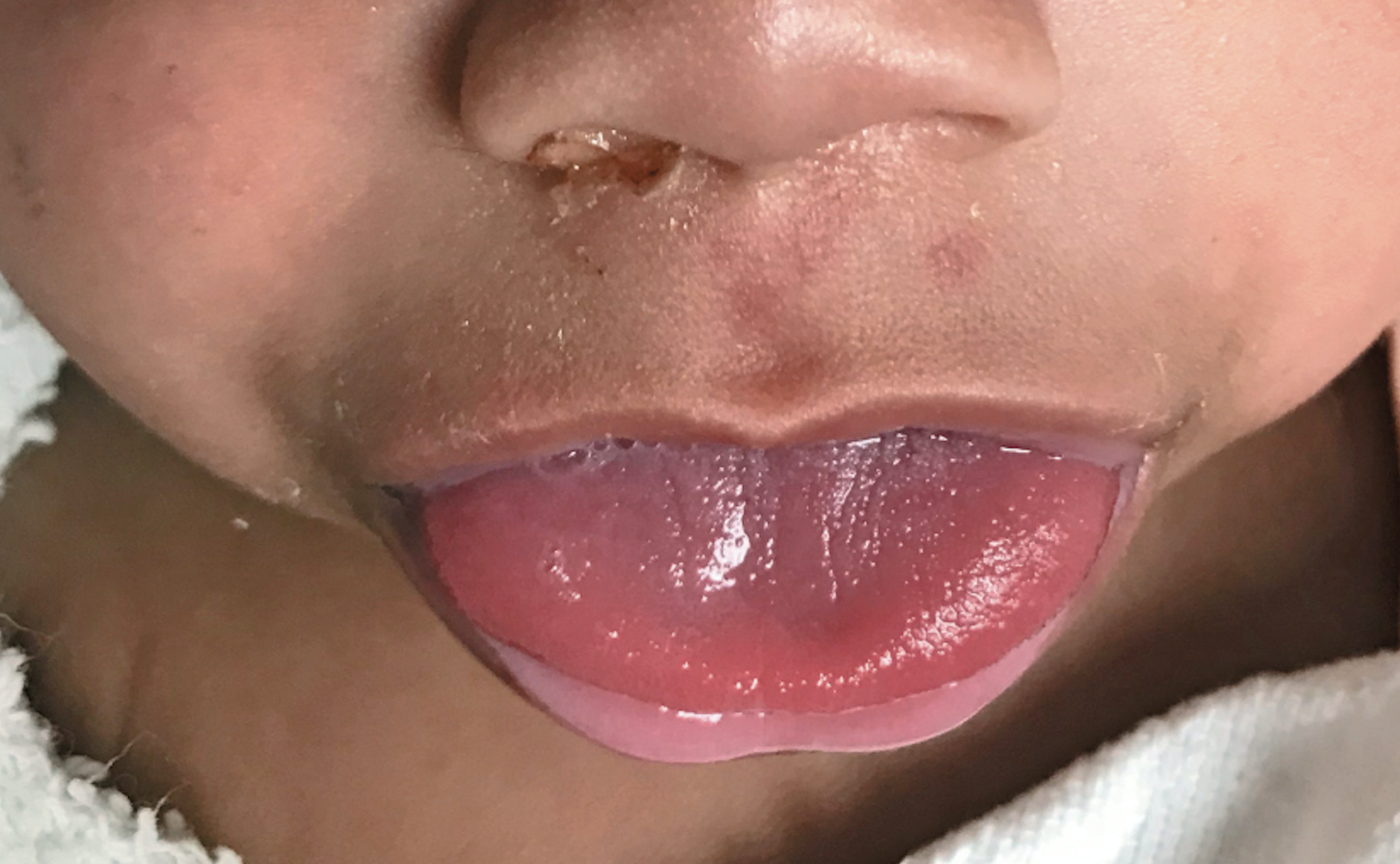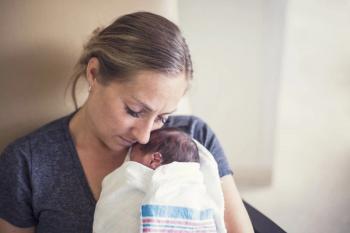
Investigators compared the accuracy of an American Academy of Pediatrics (AAP) practice guideline algorithm for diagnosing of urinary tract infection (UTI) in 2- to 23-month-olds with a new tool (UTICalc; University of Pittsburgh, Pennsylvania) that first estimates UTI probability based on clinical variables and then, if laboratory testing is performed, updates the estimate based on the results.














